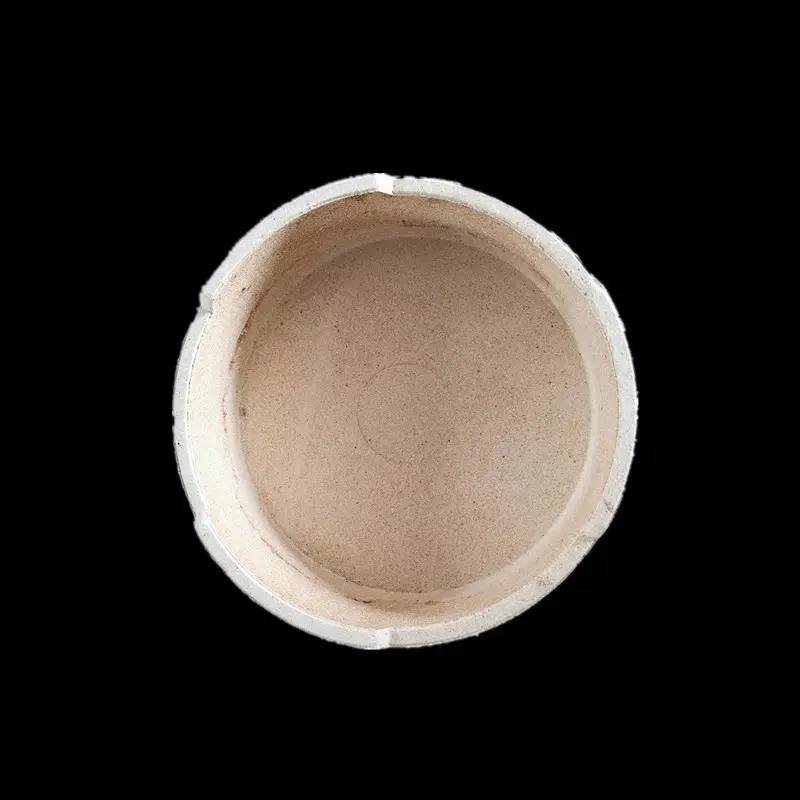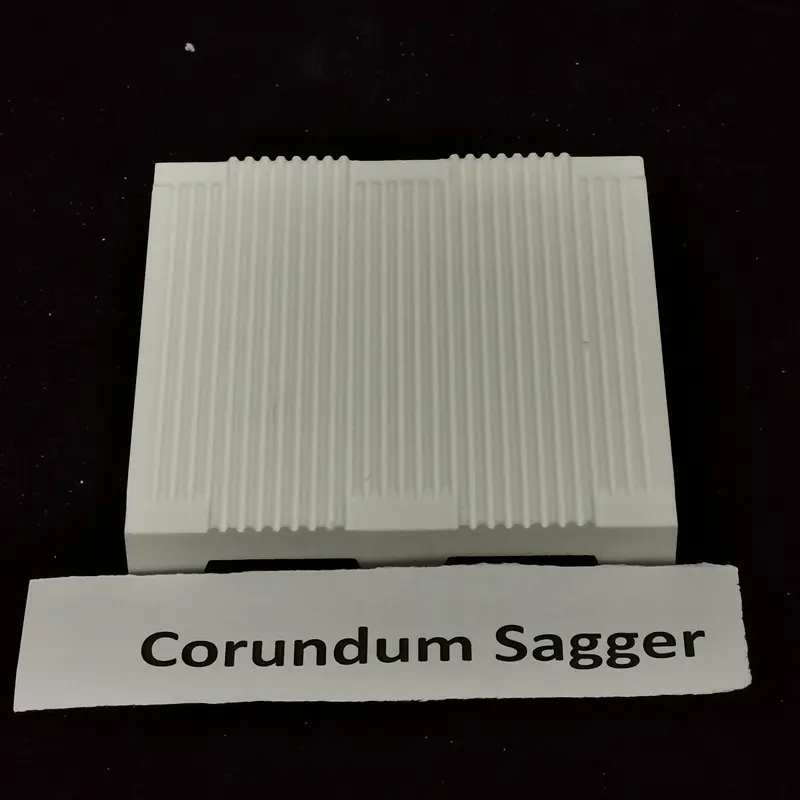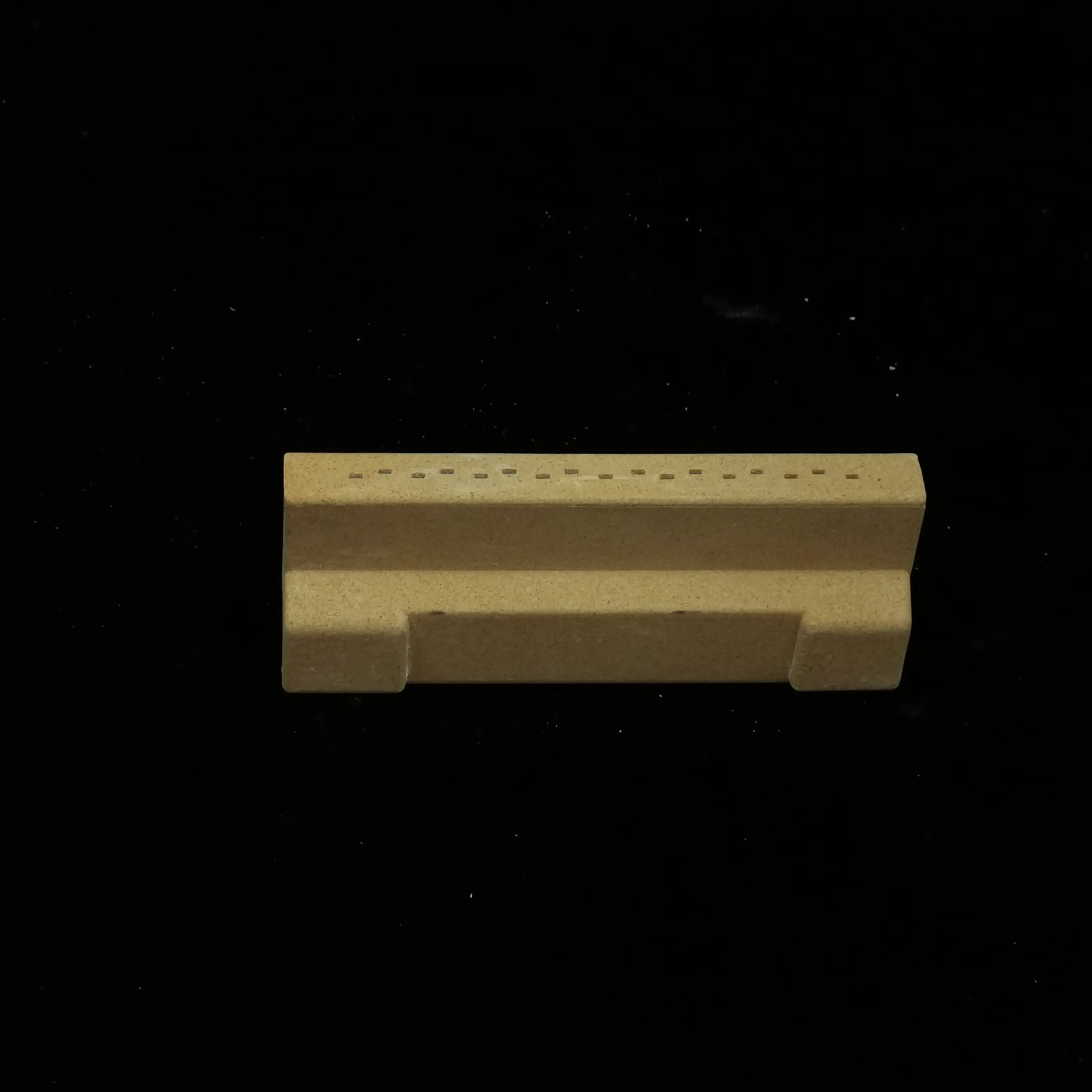High Dielectric Strength Thermal Shock Resistance ceramic ring in Electrical and Industrial Applications
1. Ceramic Beads
Structure and Manufacturing
Ceramic beads are small, spherical, or cylindrical components made from high-purity alumina (Al₂O₃), steatite, or zirconia. They are produced through:
-
Powder Processing: Raw ceramic materials are mixed with binders and shaped into beads using extrusion or molding.
-
Sintering: Fired at high temperatures (1200–1600°C) to achieve hardness and density.
-
Surface Finishing: Polishing or glazing may be applied for smoothness and moisture resistance.
Key Properties
-
High Dielectric Strength: Ideal for insulating high-voltage applications.
-
Thermal Shock Resistance: Withstand rapid temperature changes without cracking.
-
Wear Resistance: Hard surface resists abrasion in mechanical applications.
Applications
-
Electronics: Used as spacers, insulators, or ferrite beads in RF circuits.
-
Industrial Machinery: Serve as bearings or guides in high-temperature environments.
-
Medical Devices: Biocompatible beads are used in surgical and diagnostic equipment.
2. Ceramic Insulator Wires
Structure and Manufacturing
Ceramic insulator wires consist of a conductive metal core (usually copper or nickel) coated with a ceramic layer. The manufacturing process includes:
-
Wire Preparation: The metal wire is cleaned and treated for adhesion.
-
Ceramic Coating: Applied via plasma spraying, dip coating, or chemical vapor deposition (CVD).
-
Curing: The coated wire is heated to bond the ceramic layer firmly.
Key Properties
-
Excellent Insulation: Prevents electrical leakage in high-voltage systems.
-
High-Temperature Stability: Operates reliably in extreme heat (up to 1000°C).
-
Corrosion Resistance: Protects the wire from harsh chemicals and moisture.
Applications
-
Heating Elements: Used in industrial furnaces and household appliances.
-
Aerospace: Insulated wires for avionics and engine sensors.
-
Energy Sector: Essential in power generation and transmission systems.
3. Ceramic Rings
Structure and Manufacturing
Ceramic rings are annular components made from alumina, silicon carbide, or porcelain. Their production involves:
-
Pressing or Extrusion: Ceramic powder is formed into ring shapes.
-
High-Temperature Firing: Sintered to enhance mechanical and electrical properties.
-
Precision Machining: Grinding and polishing for exact dimensions.
Key Properties
-
Mechanical Strength: Resists deformation under load.
-
Electrical Isolation: Used as insulators in circuits and connectors.
-
Thermal Conductivity: Some ceramics offer excellent heat dissipation.
Applications
-
Electronics: Insulating rings in capacitors and transformers.
-
Automotive: Spark plug insulators and sensor housings.
-
Industrial Equipment: Seals and bearings in pumps and valves.
Comparative Analysis
| Component | Primary Material | Key Advantage | Common Applications |
|---|---|---|---|
| Ceramic Beads | Alumina, Zirconia | Wear resistance, insulation | Electronics, medical devices |
| Insulator Wires | Alumina-coated Cu | High-temp insulation | Heating elements, aerospace |
| Ceramic Rings | Silicon Carbide | Mechanical & thermal stability | Automotive, industrial seals |
Technological Advancements
-
Nanostructured Ceramics: Enhanced strength and insulation properties.
-
3D Printing: Custom-shaped beads and rings for specialized uses.
-
Hybrid Materials: Ceramic-polymer composites for flexibility and durability.
-
Smart Ceramics: Embedded sensors for real-time performance monitoring.
Challenges and Solutions
-
Brittleness: Additives like silicon carbide improve toughness.
-
Cost: Advanced manufacturing techniques reduce production expenses.
-
Weight: Lightweight ceramic foams are being developed for aerospace.
Future Trends
-
Eco-Friendly Ceramics: Sustainable materials and recycling processes.
-
Miniaturization: Smaller components for compact electronics.
-
Integration with IoT: Smart insulators with wireless monitoring capabilities.
Conclusion
Ceramic beads, insulator wires, and rings are indispensable in industries requiring high-performance insulation and thermal management. Ongoing advancements in material science and manufacturing promise to expand their applications further, making them vital to future technological innovations.





